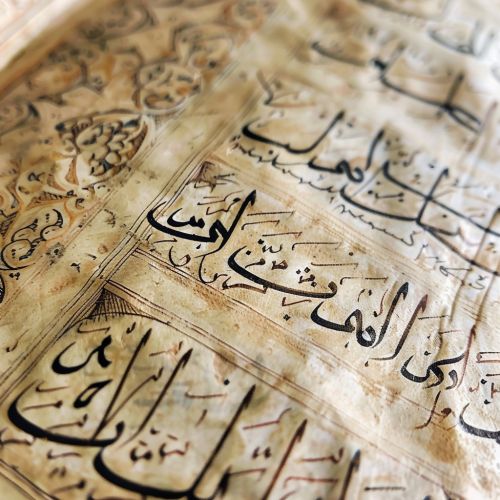Arabic linguistics
Introduction
Arabic linguistics is the scientific study of the Arabic language, one of the most widely spoken languages in the world. It encompasses a wide range of topics, including phonology, morphology, syntax, semantics, and pragmatics, as well as the historical development of the language and its various dialects.


Phonology
The phonology of Arabic is characterized by a complex system of consonants and vowels. The language has 28 consonant phonemes, including a series of uvular, pharyngeal, and glottal stops and fricatives that are not found in most other languages. The vowel system is relatively simple, with three short vowels and three long vowels. However, the pronunciation of these vowels can vary significantly depending on the surrounding consonants and the stress pattern of the word.
Morphology
Arabic morphology is based on a root-and-pattern system, in which words are formed by inserting a set of consonants (the root) into a pattern of vowels and other consonants. This system allows for a high degree of regularity and predictability in word formation, but it also leads to a large number of homophones and can make the language difficult for non-native speakers to learn.
Syntax
The syntax of Arabic is characterized by a verb-subject-object (VSO) word order, although subject-verb-object (SVO) order is also common, especially in spoken dialects. The language also makes extensive use of grammatical gender, with all nouns being either masculine or feminine, and agreement rules that require adjectives, verbs, and pronouns to match the gender of the nouns they refer to.
Semantics
Arabic semantics deals with the meaning of words, phrases, and sentences in the language. This includes the study of lexical semantics, which focuses on the meaning of individual words and their relationships to each other, as well as sentence semantics, which examines how the meanings of individual words combine to form the meaning of a sentence.
Pragmatics
Pragmatics in Arabic linguistics refers to the study of how context influences the interpretation of meaning. This includes the use of deixis, speech acts, and conversational implicatures, as well as the role of cultural and social norms in shaping language use.
Historical Development
The historical development of Arabic is typically divided into three stages: Old Arabic, Classical Arabic, and Modern Standard Arabic. Old Arabic, which was spoken from the 1st to the 6th century CE, is known primarily from inscriptions and poetry. Classical Arabic, the language of the Quran, was used from the 7th to the 9th century and is still used in religious and formal contexts today. Modern Standard Arabic, which is based on Classical Arabic but has incorporated many changes in vocabulary and grammar, is used in formal writing and speech, while various regional dialects are used in everyday conversation.
Dialects
There are many regional dialects of Arabic, which can be broadly grouped into five categories: Peninsular Arabic, Eastern Arabic, Central Arabic, Maghrebi Arabic, and Maltese. These dialects vary widely in their phonology, morphology, syntax, and vocabulary, and in some cases may be mutually unintelligible.
Conclusion
Arabic linguistics is a rich and complex field that offers many insights into the nature of language and the human mind. By studying the structure, history, and use of Arabic, linguists can gain a deeper understanding of one of the world's most important languages and the cultures that speak it.
